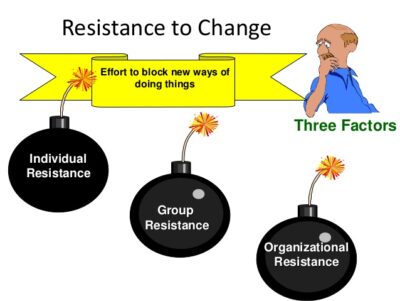Resistance to change
- The biggest barrier that always gets me into ‘battle mode’ are new features that are meant to override the old.
- If change is part of the product culture, then your organization should be hiring talent in line with this.
- When launching a brand new product, the concern is mostly with the messaging, and if you nailed the buyer persona messaging or not.
You don’t understand the market
- Knowledge is a by product of research – the less time you devote to communicating with your audience, the less you’ll find out about the type of product they need, and before you know it, you’ll produce a product or service that’s well wide of the mark.
- There are a range of research methods you can use to understand your target market, including:
- Surveys
- Focus groups
- Win-loss interviews
- Competitor intel
- Customer feedback
- Knowledge-sharing with internal teams
- Third-party reports
Your product isn’t ready:
- There’ve been too many instances when companies have promised their customers everything under the sun, only to fall short because of unrealistic aims.
- And when it’s the gears of prospective buyers you’re grinding, you may as well dig a six-foot hole in the tech graveyard and throw your product stock in there yourself.
- If the product or service isn’t going to be ready, don’t fall into the trap of making empty promises and delivering a dud on launch day.
- Instead, defer the date and keep the customer happy – perfection at a later date is much more preferable than mediocrity.
Lack of in-house knowledge/training
- Your team doesn’t know about the product they’re selling, this doesn’t inspire customer confidence and can damage the quality of your reputation, and see existing and prospective customers look elsewhere for a solution to their problem.
- Sales sessions are a great opportunity to make sure your internal teams fully understand the key areas surrounding the product, while communication is key in delivering the messages that matter not only within the product marketing team but to other teams, as well.
- Sales enablement sessions aren’t just exclusive to sales teams, think about customer success and service teams too.
The product is too cutting-edge
- You cannot go out and sell a warm soda to relieve stress in summer. Your product should solve a problem and should have convincing capabilities.
- Consumers like to be handed things on a silver platter; if they aren’t able to grasp the concept, or if they’re questioning its validity, you’re facing an uphill battle.
Demand outperforms supply
- It may be deemed the sensible approach to adopt a cautious approach in the build-up.
- For example, following the launch of Apple’s iPhone X, the demand far exceeded the supply, and Apple had to break the news to members of its notoriously loyal fanbase they’d have to face a 4-week delay before their order would be ready.
- Apple may have a place in tech history, an iconic brand name, and a legion of followers, but in this instance, they lacked one thing that would’ve spared their blushes and bashed the launch barrier aside – a plan to ramp up quickly if the product took off so excess demand could be met
The product doesn’t address pain points
- Customers invest their hard-earned money because they need to address a pain point. So, why do some companies persist in creating products that ignore what the buyer wants?
- Always test your product to be sure your product ticks all of the boxes to prompt more sales.
- Creating prototypes, conducting thorough research and testing before making necessary adjustments will ensure your end-product aligns with the customer’s expectations; only then, will you have a chance of solving their pain points
Poor pricing strategy
- Before you strategize, however, you’ll need to understand your target market, and how they value your product.
- Testing is the only way to gauge their responses before taking the next step. This takes the guesswork out of the process, so hold focus groups, etc.
- Never ask people “How much would you want to pay for this?” Everyone loves a bargain so you’ll get a lower number.
To know about more steps, read this article: https://productmarketingalliance.com/common-barriers-when-launching-a-product-and-how-to-overcome-them/
We are answering questions now!! Get in touch with some of leading experts with your doubts and questions related to entrepreneurship through this link: https://sncoglobal.com/#q&a
Share:





